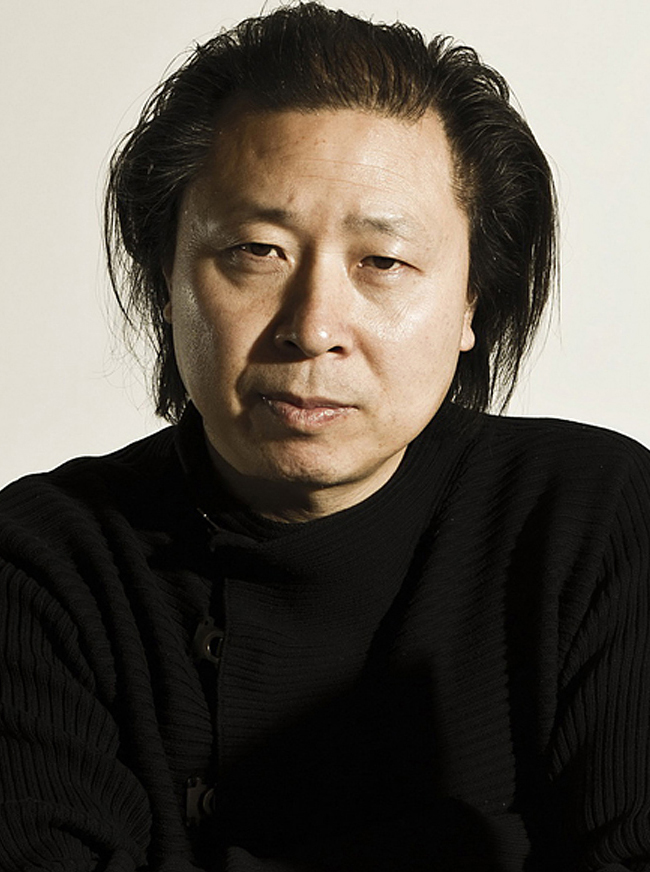Q&A: Architect to speak at UCLA roots contemporary design in cultural history

Zhu Pei, the creator of the Jingdezhen Imperial Kiln Museum in China, will lecture at UCLA on Monday. Pei said he works with a location’s cultural background when designing buildings. (Courtesy of Zhupei)
Lecture by Zhu Pei
Monday, Jan. 28
Decafé at Perloff Hall
Free
By Kaia Sherry
Jan. 27, 2019 10:42 p.m.
Zhu Pei weaves traditional Chinese culture into architecture in an attempt to preserve the past, he said.
An architect based in China, Pei founded Studio Zhu-Pei in Beijing, envisioning projects such as the contemporary Jingdezhen Imperial Kiln Museum, a spacious place for locals to gather. He also was commissioned by the Solomon R. Guggenheim Foundation to design the Guggenheim Art Pavilion in Abu Dhabi, United Arab Emirates, and the Guggenheim Museum in Beijing. Pei will lecture at UCLA on Monday in Perloff Hall’s Decafe. The Daily Bruin spoke with Pei about his architectural style, inspiration and newest work.
Daily Bruin: How would you describe your specific architectural style?
Zhu Pei: I strongly believe that architecture is art but connected with a certain culture. I think … the terms “root” and “innovation” demonstrate my different approach. I want to rediscover the root of a specific culture or climate or condition and so on. Architecture is art – innovation always reminds me to recreate a new experience for architecture.
DB: Are there any current architectural trends that you draw inspiration from?
ZP: I don’t care about what other people are doing. I really want to develop by myself. I strongly believe architecture needs to learn from the past and nature at the same moment. The contemporary artistic approach is going to be very important for my work, so I really don’t care what is happening in architecture currently, but hopefully, innovation and creation of new architecture (will be an) important thing.
DB: What do you believe are common misconceptions about the art of architecture?
ZP: So most people consider the architecture as just a product, without the character or taste or culture. I think this doesn’t matter (to some cultures). For Chinese, most people really realize it’s character. So (when) they build the halls for themselves or they want to buy some property, they always care about the taste or character of architecture, but (when) they’re shopping for international stuff, they don’t care about the style. They just use and don’t care about the architecture.
DB: How do you think architecture shapes the sociopolitical and cultural landscape of China?
ZP: Architecture has always played a significant role to shape or transform the Chinese culture into the contemporary age. You know, this is the reason I always focus on some connection (between) the contemporary and the tradition. I always care about the mental root of the contemporary architecture associated with the local culture or people’s lifestyle. The archways provide the opportunity and space or social setting. If you brought some interesting social idea into the architecture, (then) people always love to visit … especially in China in the last 30 years … (because of) the urbanization. People realized they need a more social space – they need a more public space, like a culture, music or a place to communicate with each other, especially (to exchange) information. Or like social media, people realize they need a face to see. In China, it can be hard to find a more public space today. The people like to see a good (architectural) solution, a good urban idea to generate more public (spaces), instead of everything being isolated – divided into islands.
DB: What is your most recent architectural piece? Can you describe the piece and the process of creating it?
ZP: One of my projects, I believe, is very interesting in terms of the root and innovation. The product is called Jingdezhen Imperial Kiln Museum. It is located in Jingdezhen, (China). For me, I want to rediscover the contemporary age. I want to rediscover the roots, to reflect on their culture, tradition and climate. If you go back 500 or 300 years ago, most Jingdezhen people (worked with a kiln on a daily basis). So this museum transports one into the topic space and not only creates a beautiful image of the city. I also want to take advantage of this museum to connect with the relic of imperial kilns surrounding (the) historical neighborhood. This museum starts to keep the public space centered. Even right now, it’s not complete yet but the local residents have started to visit, to walk around in this museum. This is a good example of how architecture is connected to deep roots, like the cultural past, while also creating new experiences.


